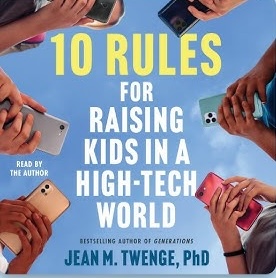
Does highlighting help students learn?
As is so often the case, the answer is: it depends.
The right kind of highlighting can help. But, the wrong kind doesn’t help. (And, might hurt.)
And, most students do the wrong kind.
Today’s Research Summary
Over at Three Star Learning Experiences, Tim Surma & Co. offer a helpful overview of highlighting research.
The headlines: highlighting helps students if the highlight the right amount of the right information.
Right amount: students tend to highlight too much. This habit reduces the benefit of highlighting, for several reasons.
Highlighting can help if the result is that information “pops out.” If students highlight too much, then nothing pops out. After all, it’s all highlighted.
Highlighting can help when it prompts students to think more about the reading. When they say “this part is more important than that part,” this extra level of processing promotes learning. Too much highlighting means not enough selective processing.
Sometimes students think that highlighting itself is studying. Instead, the review of highlighted material produces the benefits. (Along with the decision making before-hand.)
Right information.
Unsurprisingly, students often don’t know what to highlight. This problem shows up most often for a) younger students, and b) novices to a topic.
Suggestions and Solutions
Surma & Co. include several suggestions to help students highlight more effectively.
For instance, they suggest that students not highlight anything until they’ve read everything. This strategy helps them know what’s important.
(I myself use this technique, although I tend to highlight once I’ve read a substantive section. I don’t wait for a full chapter.)
And, of course, teachers who teach highlighting strategies explicitly, and who model those strategies, will likely see better results.
Surma’s post does a great job summarizing and organizing all this research; I encourage you to read the whole thing.
You might also check out John Dunlosky’s awesome review of study strategies. He and his co-authors devote lots of attention to highlighting, starting on page 18. They’re quite skeptical about its benefits, and have lots to contribute to the debate.
For other suggestions about highlighting, especially as a form of retrieval practice, click here.






